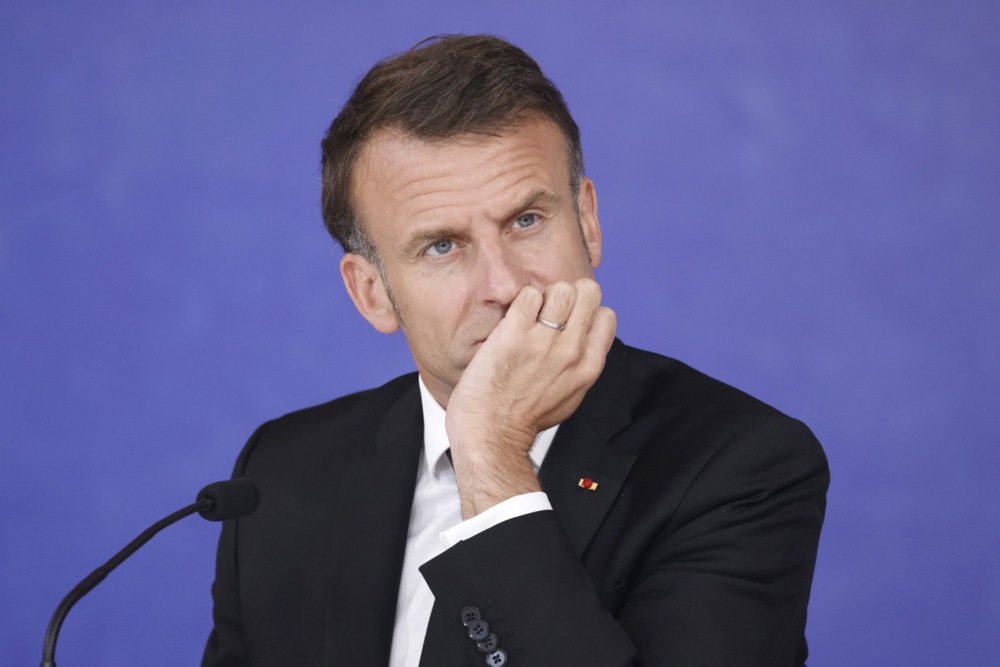The European Central Bank has been congratulating itself too soon on a soft landing over the Eurozone inflation crisis, according to US financial analysis major S&P Global.
European productivity continues to decline, with Europe’s economy increasingly an “ageing population working in more service jobs”, S&P’s Nathan Hunt said on May 2.
After output fell during the Covid-19 pandemic, “not only isn’t productivity on a path to recovery but it appears to be declining further”, Hunt said.
More worryingly, he said, productivity declines were most noticeable in Europe’s biggest economies: the Netherlands, France, Germany and Italy.
Likewise, it was noticeable across many of the most vital sectors: construction, transportation, retail and wholesale services, financial services and public services.
“The pessimistic take is that European economies have undergone a structural shift,” Hunt added.
The most recent productivity data released in March showed Eurozone productivity fell by 1.2 per cent in the last three months of 2023.
In the US, it rose 2.6 per cent in the same period.
One standard measure of labour productivity, output per hour worked, has risen by more than 6 per cent in the US since 2019 but only by 1 per cent in the Eurozone.
“Something seems to be going seriously right in the US and seriously wrong in Europe,” said Berkeley economist Barry Eichengreen.
The EU’s increasing regulatory burden is part of the problem, others said.
Italian economist Michele Boldrin, who specialises in economic growth and business cycles, said: “While the EU keeps talking about productivity and the need to increase it, its regulatory activity pushes in the opposite direction.”
While the EU has produced more regulation, the US has dished out subsidies instead.
A US fiscal stimulus centred on “green” industry, combined with frenetic hires and new business formation after Covid, all helped US productivity to bounce back.
The Eurozone, on the other hand, saw energy prices rise after Russia’s invasion of Ukraine, with more fragmented financial markets and fiscal policy making it more exposed to external shocks.
Tellingly, economists said, it was the EU’s service sector, which has lower general productivity, that had seen Europe’s strongest labour demand.
But it was the US’ especially tight labour markets that could have led American businesses to invest more in technology, according to Eichengreen.
These US companies, “unable to find an adequate supply of workers at any price, are impelled to substitute capital for labour”, he said.
Amid the pressures, one biting sign of a greying EU population is revealed: The bloc’s entrepreneurs – an engine of economic productivity – are growing older.
The average age of a small-to-midsize company entrepreneur was 45 in 2002 but 53 in 2022, according to S&P Global’s chief EMEA economist Sylvain Broyer.
Competition from Chinese imports, which have grown more sophisticated over time, have been increasingly hitting EU firms’ productivity growth since around 2010, said Klaus Friesenbichler of the Austrian Institute of Economic Research.
Hunt wondered then: “Why does a ‘good economy’ feel so bad?”
“European GDP growth is projected to be anaemic for the next few years,” he said, with ECB economists anticipating growth of 0.1 per cent in 2024 and 1.2 per cent in 2025.
Ludovic Subran, chief economist from Allianz Trade, added that with June’s European Parliament elections approaching, the recent period of high inflation had shaped Europe’s most recent national elections.
Italy, Slovakia, Finland and Bulgaria “have switched to governments perceived as more populist against the background of increased inflation”, he said.





